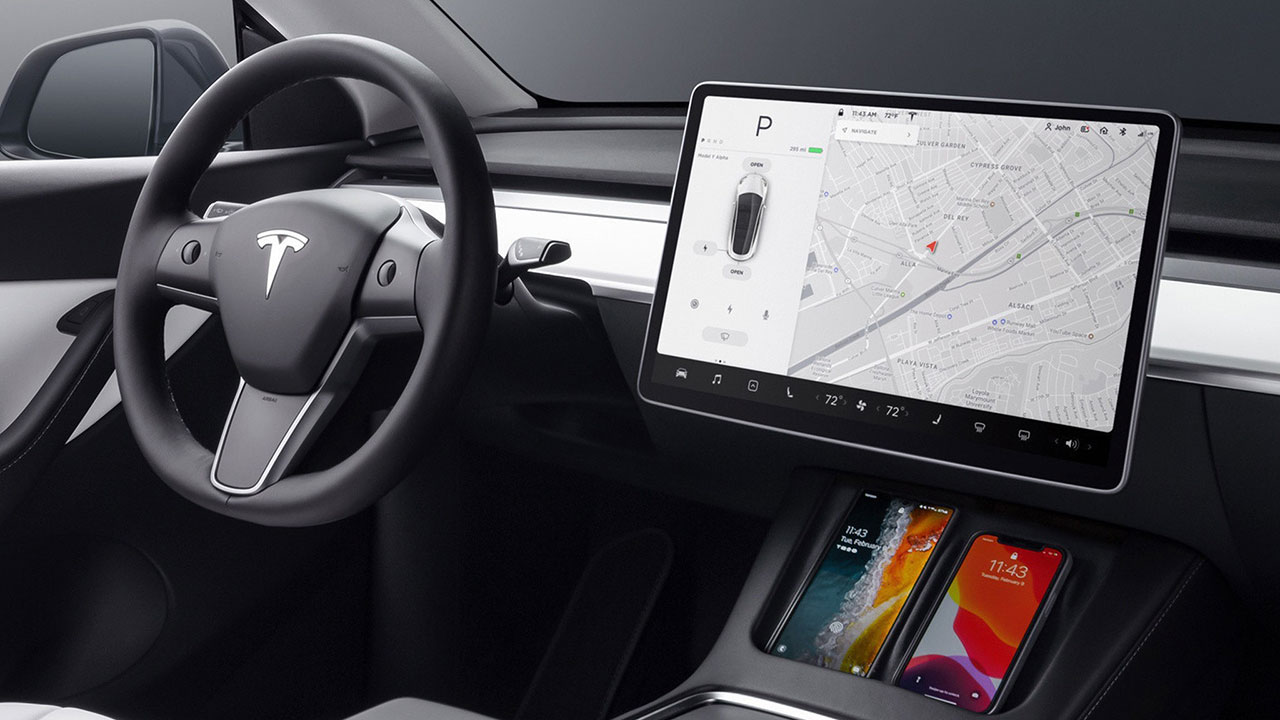The Tesla North America account on X posted a list of factors that the automaker's vehicles use to calculate routes and battery percentage upon arrival when navigating. Specifically, Tesla's cars take into account simple factors like traffic speed, ambient temperature, rolling resistance, and more when drivers enter a destination.
The post also includes a short video showing how it works when drivers select a destination on the Tesla's touchscreen. You can see the system plotting a route to the destination, with several suggested Superchargers along the way.
Your car does the math for you.
— Tesla North America (@tesla_na) November 14, 2023
When calculating a route & battery % on arrival, Tesla navigation takes into account:
- Wind speed & direction
- Elevation/grade
- Traffic speed
- Avg acceleration/deceleration
- Ambient temperature
- Humidity & pressure
- Solar load & cloud… https://t.co/nTDJczTthu pic.twitter.com/gbt6PCFIH7
According to Tesla, its vehicles take the following into account when calculating a route and the percentage of battery power upon arrival:
- Wind speed & direction
- Elevation/grade
- Traffic speed
- Avg acceleration/deceleration
- Ambient temperature
- Humidity & pressure
- Solar load & cloud cover
- Initial battery percentage
- Initial battery temperature
- Gross combined vehicle weight
- Rolling resistance
- Aerodynamic drag coefficient
- Heating, Ventilation, & Air Conditioning (HVAC) consumption
- Vehicle-specific energy consumption (bike rack or similar)
- Battery pre-conditioning
The list comes as a repost from Omar at Whole Mars Catalog, who posted Monday morning about the many benefits of traveling long distances in his Tesla. He's also known for sharing his experiences with Tesla's Full Self-Driving (FSD) beta, and in this post he notes that the system "does all the driving" for him.
Long distance travel in my Tesla is incredible.
— Whole Mars Catalog (@WholeMarsBlog) November 13, 2023
I just punch in the destination. It plans out all the stops in nice places.
Cheaper than gas. Amazing sound system. And FSD does all the driving for me.
It’s the best road trip experience in the world. Few understand this.
Tesla also regularly improves its navigation and its Autopilot and FSD beta systems through over-the-air (OTA) updates. Last month, the company began testing features like filtering in navigation from the Tesla mobile app, and it's expected to roll out the feature in an upcoming update.
Source: Teslarati

